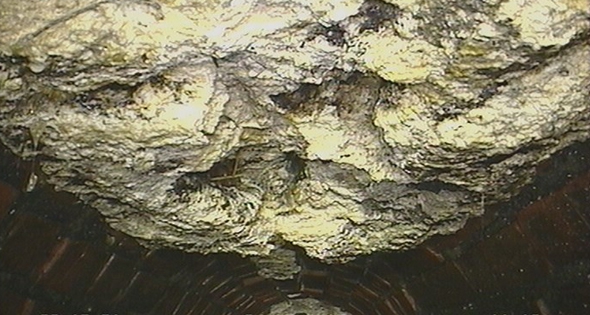Only months after utility Thames Water signed an agreement to help power a new facility with fats, oils and grease (FOG), it has removed a bus-sized lump of food fat from a sewer in Kingston, Surrey.
The utility described the “fatberg” as a lump of wrongly-flushed festering food fat mixed with wet wipes.
Each month Thames Water spends £1 million clearing blockages caused by fats wrongly poured down drains. Every year it removes 80,000 blockages from its 109,000 km of sewers.
In April a 20-year agreement was signed with 20C to supply 30 tonnes a day of fuel in the form of FOC, which will be used to generate 130 Gigawatt hours (see WWi story).
Being called the biggest fatberg discovered in British history, Thames Water said the recent discovery weighed 15 tonnes.
They warned that had it not been removed it could have led to wastewater flooding many homes, streets and businesses in the London suburb.

According to the BBC, CCTV investigations found the mound of fat had reduced the sewer to just 5% of its normal capacity.
Gordon Hailwood, waste contracts supervisor for Thames Water said: "While we've removed greater volumes of fat from under central London in the past, we've never seen a single, congealed lump of lard this big clogging our sewers before.
“If we hadn’t discovered it in time, raw sewage could have started spurting out of manholes across the whole of Kingston. It was so big it damaged the sewer and repairs will take up to six weeks.”
Copyright © 2013: PennWell Corporation To subscribe or visit go to: http://www.waterworld.com